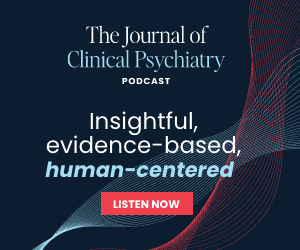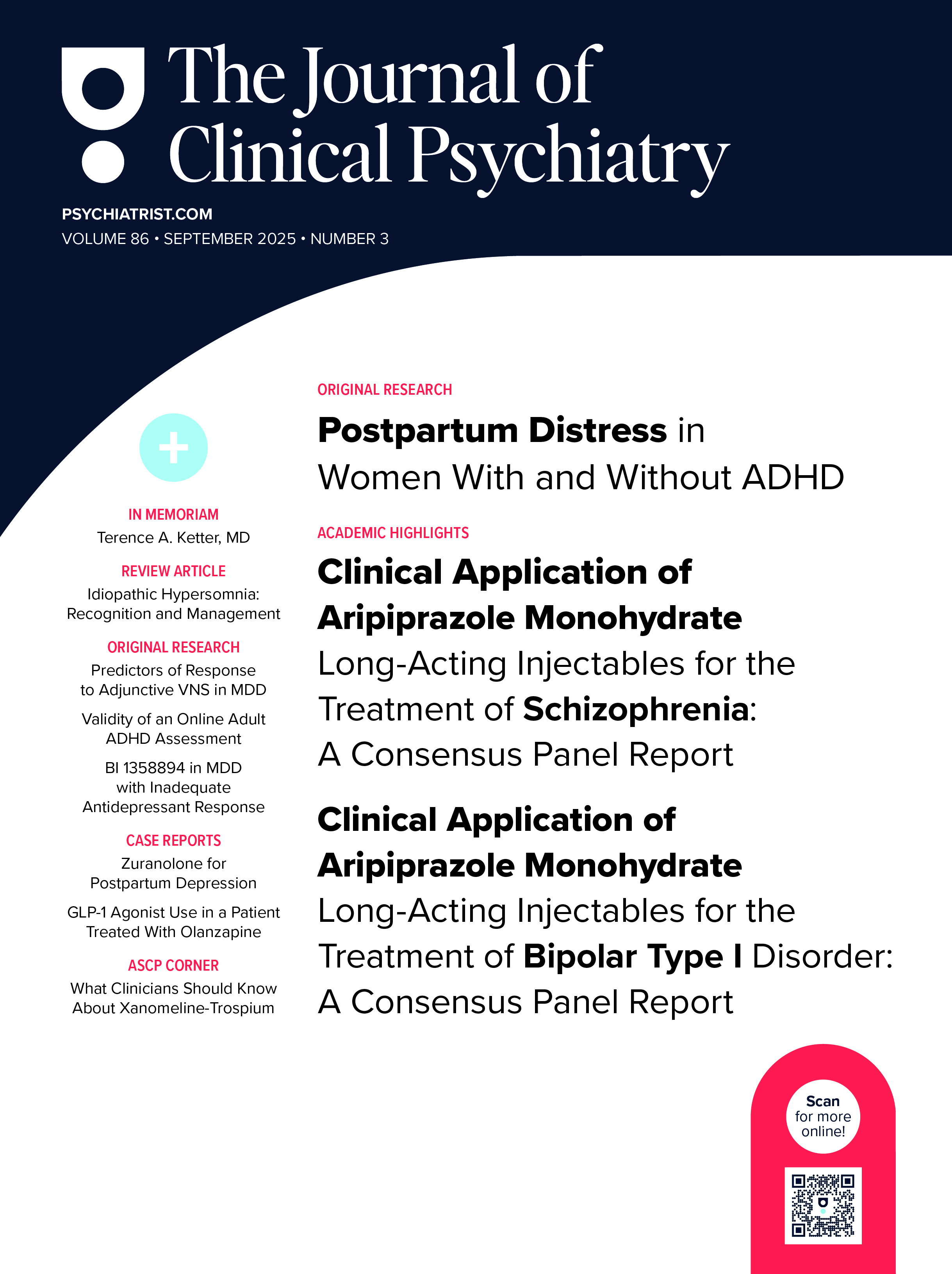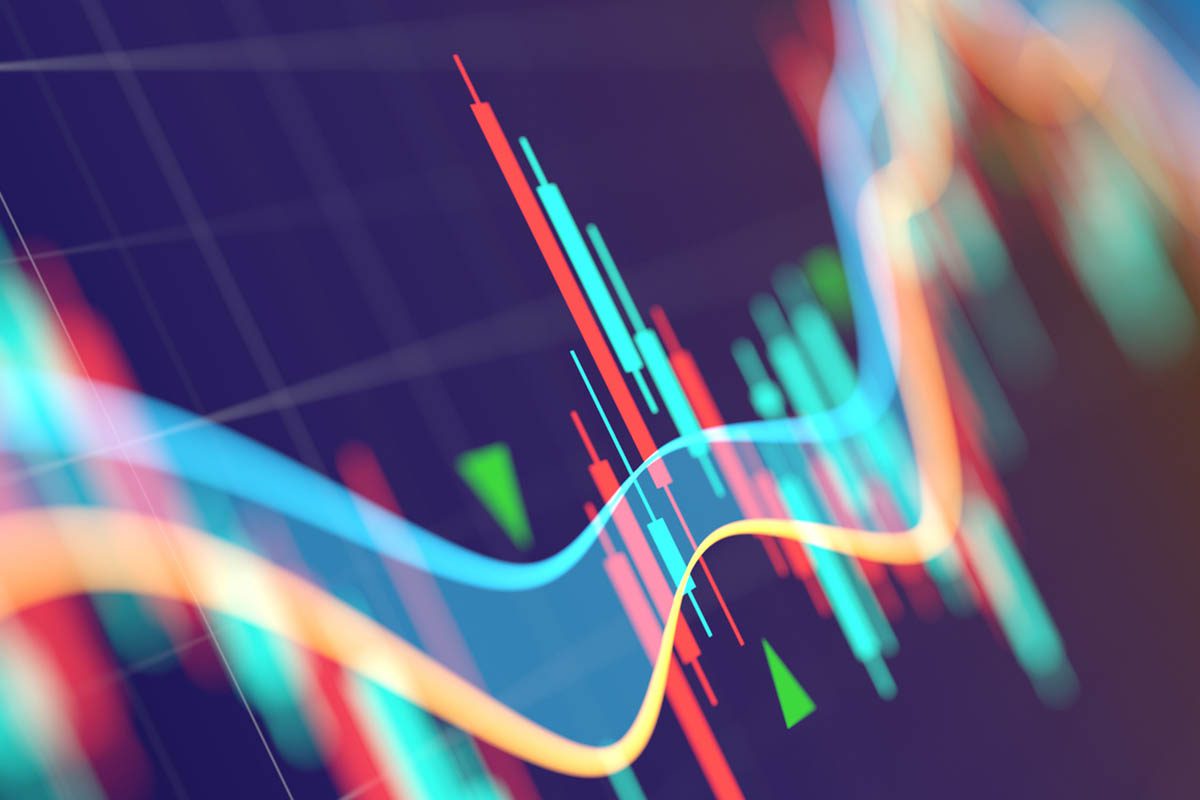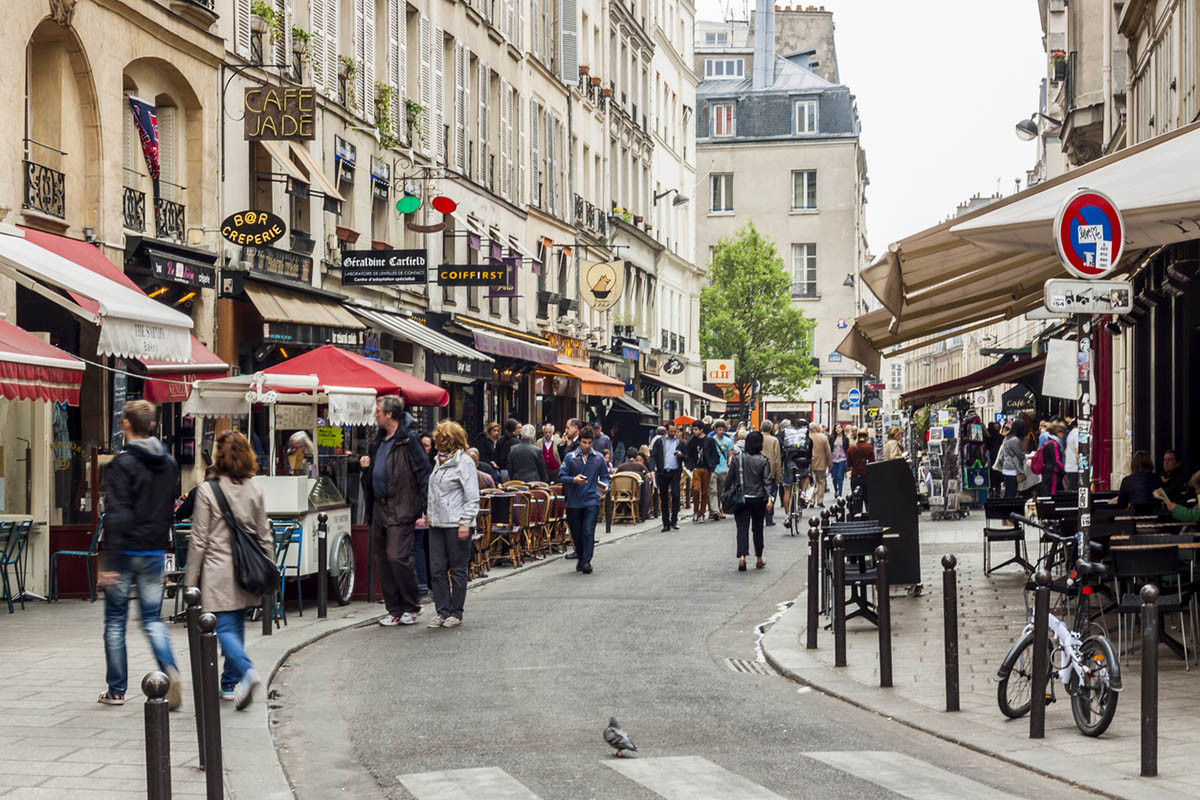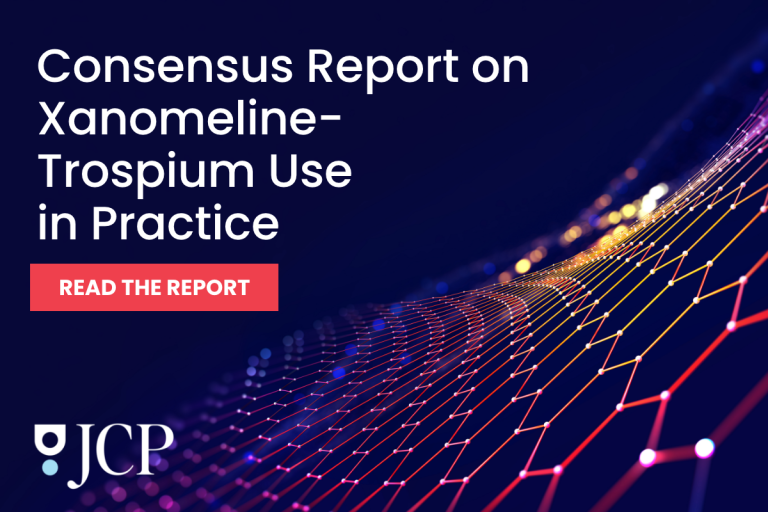Results: From 1999 to 2010, 8.6% of adult depression visits included an SGA. SGA use rates increased from 4.6% in 1999-2000 to 12.5% in 2009-2010, with an adjusted odds ratio (AOR) for time trend of 2.78 (95% CI, 1.84-4.20). The increase in SGA augmentation was broad-based, with no significant differences in time trends between demographic and clinical subgroups. For the most recent survey years (2005-2010), SGA use rates were higher in visits to psychiatrists than to other physicians (AOR = 5.08; 95% CI, 2.96-8.73), visits covered by public than private insurance (AOR = 3.20; 95% CI, 2.25-4.54), visits with diagnosed major depressive disorder than other depressive disorders (AOR = 1.49; 95% CI, 1.08-2.06), and visits with diabetes, hyperlipidemia, or cardiovascular disease (AOR = 2.13; 95% CI, 1.12-4.03) and lower in visits by patients > 65 years than 18-44 years (AOR = 0.51; 95% CI, 0.32-0.82) and visits that included psychotherapy (AOR = 0.68; 95% CI, 0.47-0.96).
Members Only Content
This full article is available exclusively to Professional tier members. Subscribe now to unlock the HTML version and gain unlimited access to our entire library plus all PDFs. If you’re already a subscriber, please log in below to continue reading.
Please sign in or purchase this PDF for $40.00.
Already a member? Login
